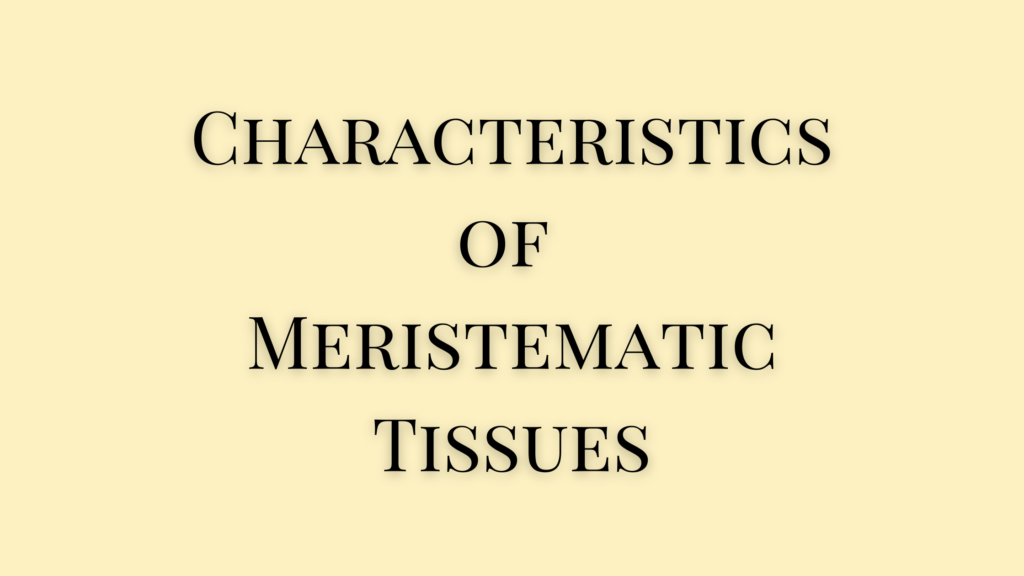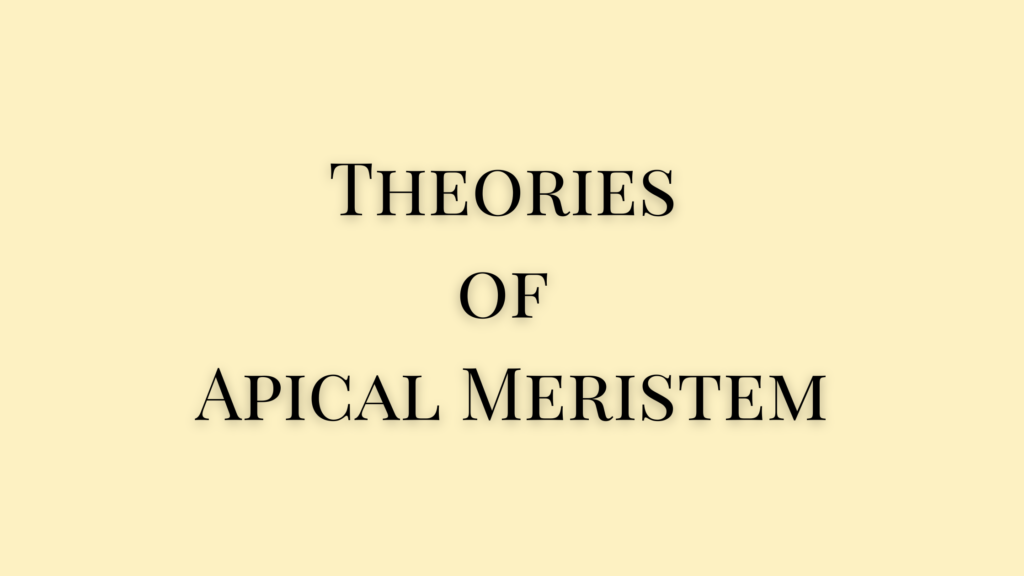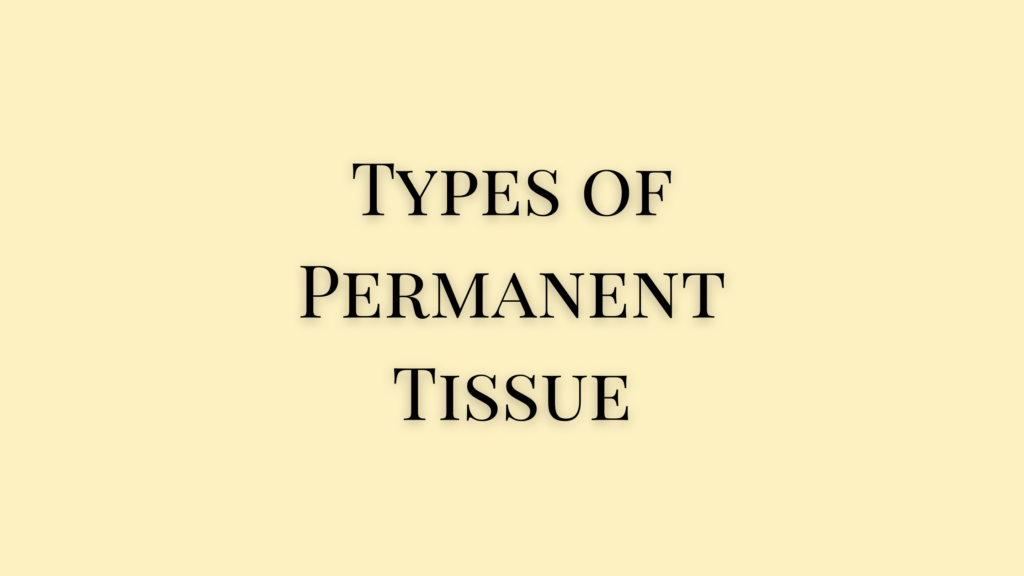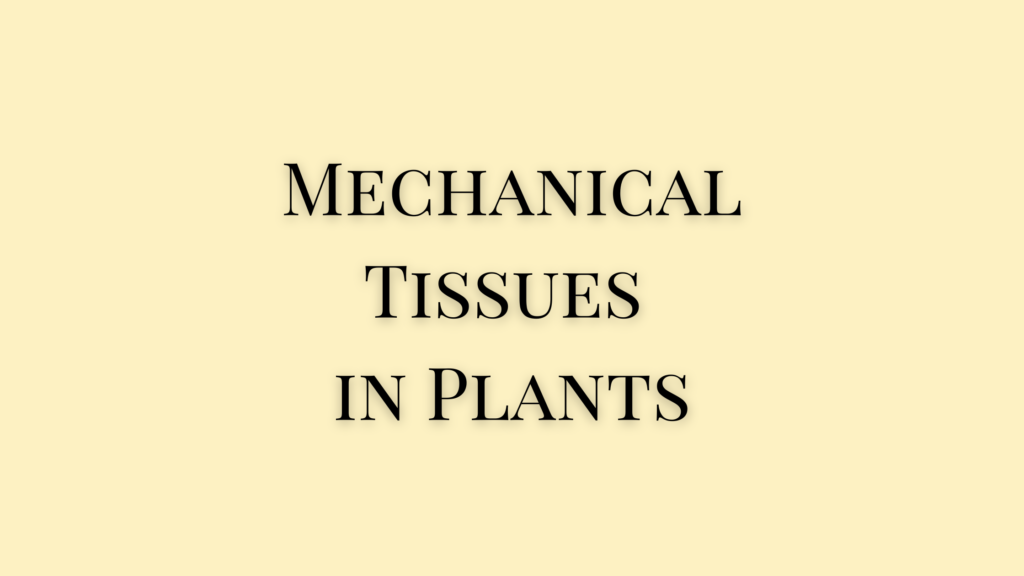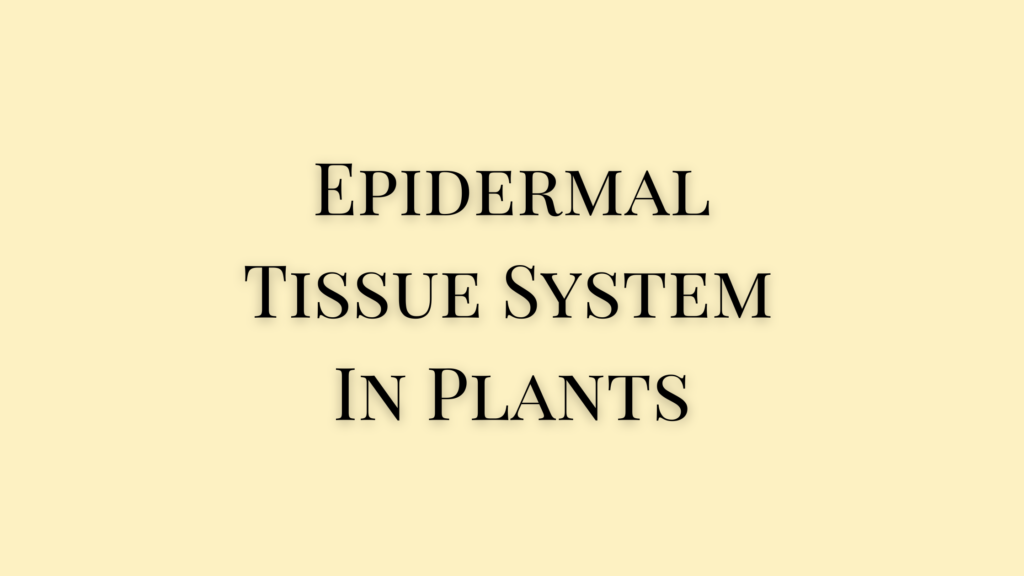Meristematic tissues can be described as actively dividing cells. These are also called meristems. They are present in both animals and plants. In lower plants, all the cells of their body function as meristematic tissues, but in higher plants, these are specialized cells seen in the root and shoot apex.
Characteristics of Meristematic Tissues
Meristematic tissues are found specifically in the apex of roots and stems. They are also present in the leaf primordia, cork cambium, and vascular cambium of dicot stems and gymnosperms. The other features of meristematic tissue are,
- They have abundant cytoplasm
- Have large nucleus
- Vacuoles are absent or smaller when present
- The cells are closely packed without intercellular spaces.
- They have thin walls composed of cellulose
- Meristematic cells have an isodiametric shape
- Ergastic substances are absent
- Plastids present are in the form of pro-plastids
- Meristematic tissues have non-differentiated cells
- They exhibit totipotency and can help with the repair of injured parts of plants

Functions of Meristematic Tissues
- Meristematic tissues allow a plant to grow longer and wider. It helps the shoot and roots to grow longer. In the higher plants, they help in its width as well.
- They divide to form different types of cells having different functions.
- Depending on their position, each type of meristematic cell differentiates into specific types of cells.
- Most importantly, meristematic tissues help the plant adjust to the changing environment by forming different cells as needed.
Types of Meristematic Tissue
Meristematic tissues are classified based on their position, origin, and division plane.
| Based On | Type of Meristem |
| Position | Apical meristem |
| Intercalalry meristem | |
| Lateral meristem | |
| Origin | Promeristem |
| Primary meristem | |
| Secondary meristem | |
| Division plane | Mass meristem |
| Plate meristem | |
| Rib meristem | |
| Function | Protoderm |
| Procambium | |
| Ground meristem |
I Types of Meristematic Tissues Based on Position
Meristematic tissues can be apical, intercalary, and lateral based on their position.
Apical Meristem
- Apical meristem is seen at the apical position of shoots and roots.
- The main function of apical meristem is to grow in length.
- It is eventually responsible for the formation of the primary body of the plant.
- Thus apical meristem is also known as growing points.
- They are formed directly from the embryonic cells.
Intercalary Meristem
- Intercalary meristem is usually found at the base of leaves and internodes of grasses.
- They were part of apical meristem that later got separated due to the formation of permanent tissues in between.
- They help with the regrowth, repair, and regeneration of stems and leaves.
- It also helps with the elongation of leaves and stems.
Lateral Meristem
Lateral meristem is found on the lateral sides of the plant. They run parallel to the surface and grow as well as differentiate which results in the secondary growth of stems and roots. The lateral meristem divides to form new tissues in addition to the existing tissues that help the plant grow laterally and increase its girth. Vascular and cork cambium are examples of lateral meristems.
II Types of Meristematic Tissues Based on Origin
Based on their origin, meristematic tissues are differentiated into promeristem, primary meristem, and secondary meristem.
Promeristem
The undifferentiated mass of cells at the extreme tips of the root and stem is called promeristem. This is the region of growth that is also known as embryonic meristem or primordial meristem. Eventually, apical, intercalary, and lateral meristems arise from promeristem cells.
Primary Meristem
Once part of the promeristem, the primary meristem is responsible for the formation of the primary body of the plant. The promeristem that arises from embryonic cells, divides to form a mass of cells. Here, the cells formed and pushed to the apex forming the primary meristem. These cells can be procambium, protoderm, and ground meristem. The ground tissues such as the epidermis, cortex, and vascular tissues are formed from the primary meristem. Moreover, they help with the elongation of the plant.
Secondary Meristem
Secondary meristem are permanent tissues that have regained their cell division capacity. These cells are not related to promeristem. They arise only during the secondary growth period. These cells arise either from the cambium or primary meristem. Both cork cambium and vascular cambium are secondary meristems. While the cork cambium is located in the outer bark, vascular cambium is seen between the primary xylem and phloem.
III Types of Meristematic Tissues Based on Division Plane
Mass Meristem
Mass meristem has three or more cell division planes that result in a mass of tissues. They help in uniform growth in all directions. Such meristems are seen in the development of embryo, sporangia, and endosperm.
Plate Meristem
Plate meristem divides only in two planes which result in a plate-like structure. The single-layered plate meristem forms the epidermis. Similar division in multiple layers form the other tissue types of leaves.
Rib Meristem
Rib meristems divide only in one plane- anticlinally, to form the different rows and columns of cells that form organs. They also help increase the length of the plant.
IV Types of Meristematic Tissues Based on Function
Protoderm
The primary meristem that gives rise to the epidermis is known as protoderm. This will eventually form the outermost layer of the plant and become a barrier against external factors. It also helps prevent excessive water loss from the tissues. It is seen in both shoot and root tissues.
Procambium
The primary meristem that forms the vascular tissues is called procambium. It forms the primary phloem and primary xylem that helps with nutrient transport.
Ground Meristem
The primary meristem that forms the ground tissue is called ground meristem. These cells differentiate into cells such as parenchyma, collenchyma, chlorenchyma, sclerenchyma, etc. Each of these tissues has different functions such as storage, support, photosynthesis, and structural strength respectively.
References
- Meristematic Tissues – Definition, Features, Types, Role
- Sukumaran O R. Pre-Degree Botany. Murali Publications.
- Abraham P C. Anatomy, Embryology & Microtechnique. 1999. St. Mary’s Books & Publications.
Additional Reading
- Theories of Apical Meristem
- Types of Permanent Tissue: Simple and Complex
- Mechanical Tissue in Plants
